Table of Contents
ToggleThe Vietnam War is widely considered one of the most controversial ever undertaken by the United States. The nation had formed an alliance with South Vietnam shortly after the Second World War and helped defend them against the threat from North Vietnam. Then, tensions developed into war in the 1950s, and America would later send in troops to fight for the South Vietnamese people. This continued until the United States pulled out in the 1970s, and the capital of South Vietnam finally fell.
Because the conflict was so long and devastating, a common question is why the United States was so invested in it. So, what started the Vietnam War, and why was the United States so keen to engage with it for so long?
What started the Vietnam War?
There are two considerations here when discussing what started the Vietnam War. There is the start of the conflict between the warring sides in Vietnam, and there is also the motive of the United States for siding with South Vietnam. North Vietnam wanted to unify the country under a single communist regime, which meant overthrowing the South Vietnamese government with the help of the Viet Cong. The Americans wanted to protect their ally and defend the world from the threat of communism.

Get Smarter on US News, History, and the Constitution
Join the thousands of fellow patriots who rely on our 5-minute newsletter to stay informed on the key events and trends that shaped our nation's past and continue to shape its present.
Tensions Between North and South Vietnam
The growing communist regime in North Vietnam had long been at odds with those in the south, culminating in the Indochina Wars. In 1954, Vietnam was split in two with the communist region to the north and the allies of America in the south, under the Geneva Accords. This led to the development of two very different regimes with their own ideologies, leaders (Ho Chi Minh in the North and Emporer Bao Dai and Prime Minister Ngo Dinh Diem in the South), and capital cities. But, even with a demilitarized zone separating them, there were still tensions.
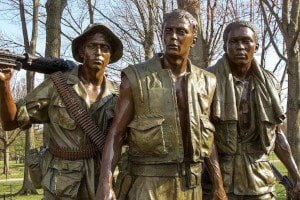
At the time, the United States was firmly on the side of South Vietnam, which fell more in line with Western and capitalist ideals. Before the official onset of war, President Eisenhower approved actions within the region to help reinforce its armed forces and provide them with tools in paramilitary and psychological warfare. This strong alliance wasn’t just out of loyalty from years of funding and support in the area. There was also a strong fear of North Vietnam and its allies.
America’s Fear of Communism
There was a lingering fear that strong communist powers in the Soviet Union and Southeast Asia would grow and overpower countries allied with America and the capitalist way of life. This would then potentially threaten the way of life in the United States and the nation’s position as a world leader. While the key enemy in all this was the Soviet Union, there were also fears over the influence of their allies and other communist nations close by. China was one – and remains distrusted to this day because of its communist history – and another was North Vietnam.
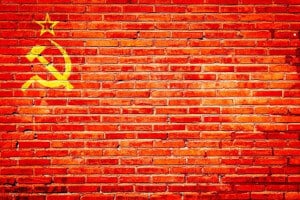
The bigger issue for the United States concerning the Vietnam War was that it brought all of these potential enemies together. Both the USSR and China were major suppliers of weaponry and other forms of aid during the conflict. Therefore, inflicting losses on the North Vietnamese also meant damaging the Soviets and China in the process. At the same time, the loss of South Vietnam would have bigger consequences.
In April 1954, Eisenhower discussed the potential for a domino effect in Southeast Asia, where the fall of South Vietnam to the North Vietnamese army would allow the Soviet Union and its allies to topple neighboring countries. This informed the worry of the spread of communism that would continue through the Cold War.
North Vietnam’s Fight Against the United States
The Vietnam War was as much about a need to protect a close ally as it was to protect the world on a wider scale from the threat of communism. The United States has supported South Vietnam’s funding and training since the partition of Vietnam, and they couldn’t abandon the South Vietnamese people in their time of need.
At the same time, the North Vietnamese and their Viet Cong allies in the south saw the war as much as an attack on America as on South Vietnam. America was the enemy because they were a powerful nation with the strength to stop the communist agenda. This is why an alternative name for the war was “The War Against The Americans To Save The Nation.”
The United States Involvement in the War
In the 1950s, there had been a small number of military advisors present to help the nation against the threat from the north. But, as the war escalated, it became apparent that more help was needed. The role of the United States transitioned from being an ally with advice and funds to one with American troops on the ground.
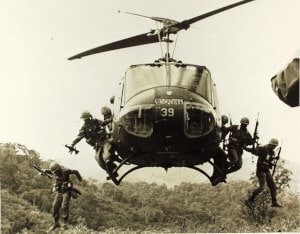
It was a long time before the United States would commit large numbers of American troops for a full-blown war effort on the Vietnamese peninsula. Active combat units didn’t arrive until 1965, following an official declaration of war. This was long after President John F Kennedy had committed to the nation’s involvement in the fight against communism and tackled the Bay of Pigs situation.
By this point, President Lyndon B Johnson was Commander in Chief, and he proceeded to escalate the war effort to help fight off the growing communist threat entirely. President Richard Nixon ended direct U.S. involvement in the war when he signed the Paris Peace Accords in 1973.
The Cold War and Ongoing Anti-Communist Sentiments
For decades, America’s fear of communism was a major part of conflicts and international affairs. The war in Vietnam eventually ended with a withdrawal and the fall of the south in 1975. But, the Cold War wasn’t over.
Communism was the number one enemy of the democratic United States from the end of the Second World War up to the fall of the Soviet Union in 1991. This long, drawn-out Cold War with the USSR saw the two major powers clash over issues such as nuclear weaponry and the space race. So, while the main reason to fight the war in Vietnam was to defeat communism, it would be a long time until America believed it to be beaten.
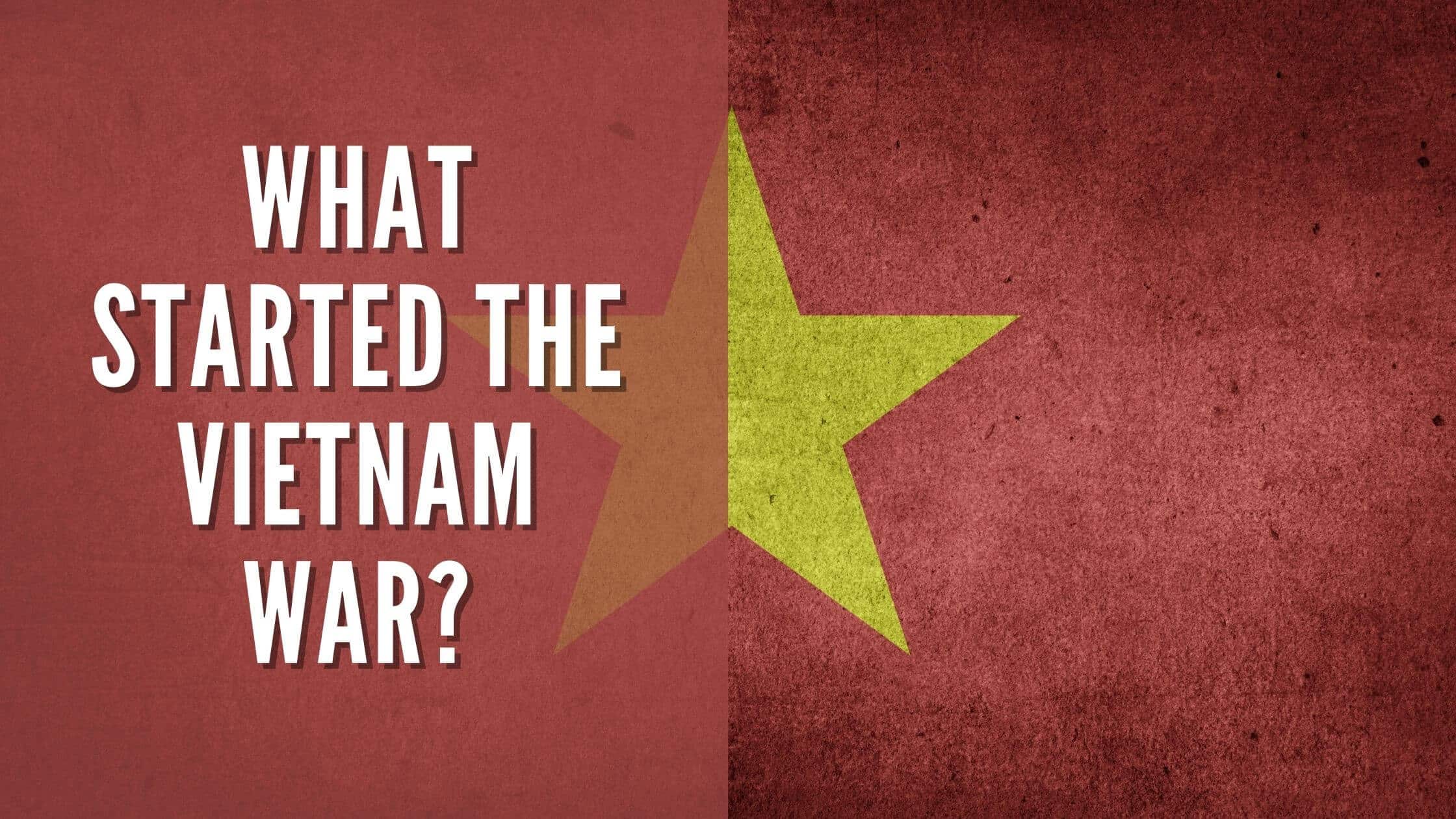
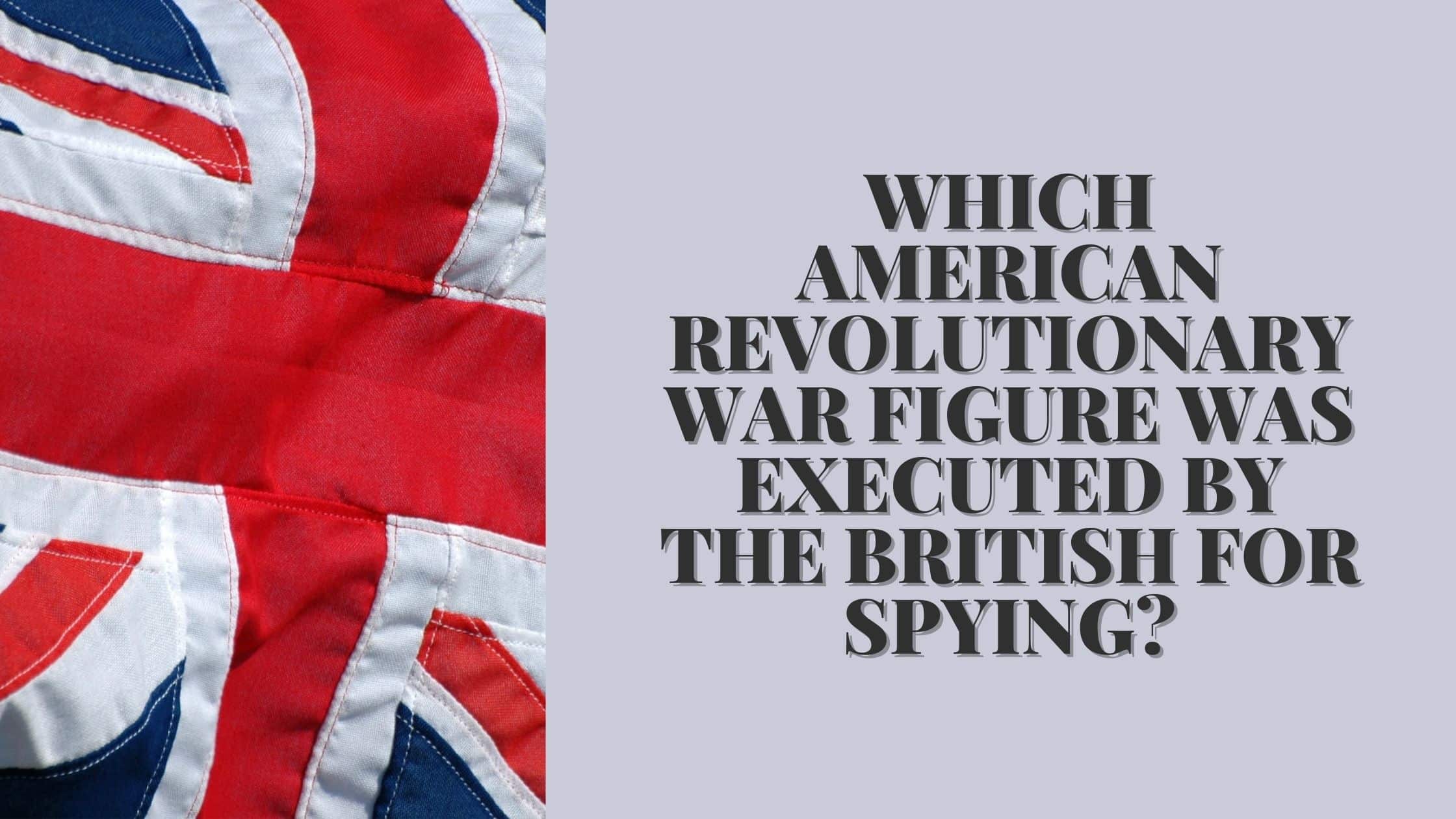










One Response
The truth is, Vietnam was part of French Indochina. The French brought their religion and their priest with them. The priest started converting Buddhist then sent the newly converted to attack the peaceful monks. The French were losing the skirmish and got other Christian countries involved.
Read Bill O’Riley’s “Killing Kennedy “